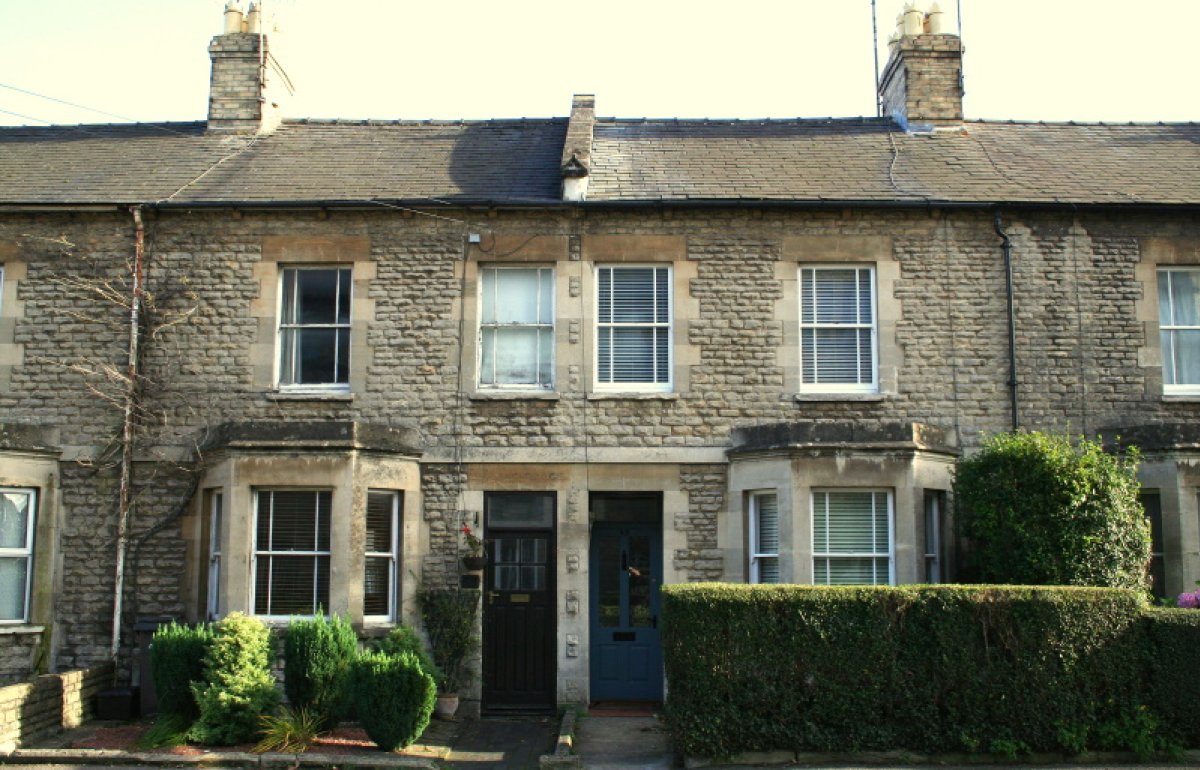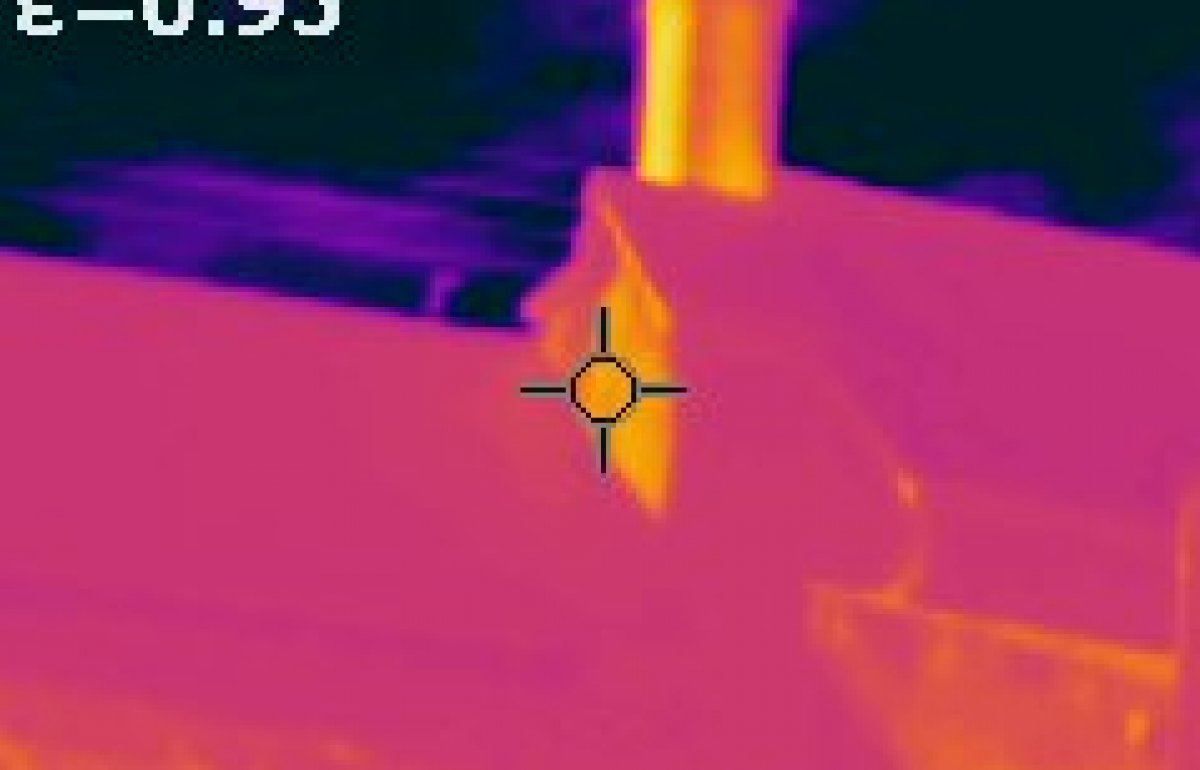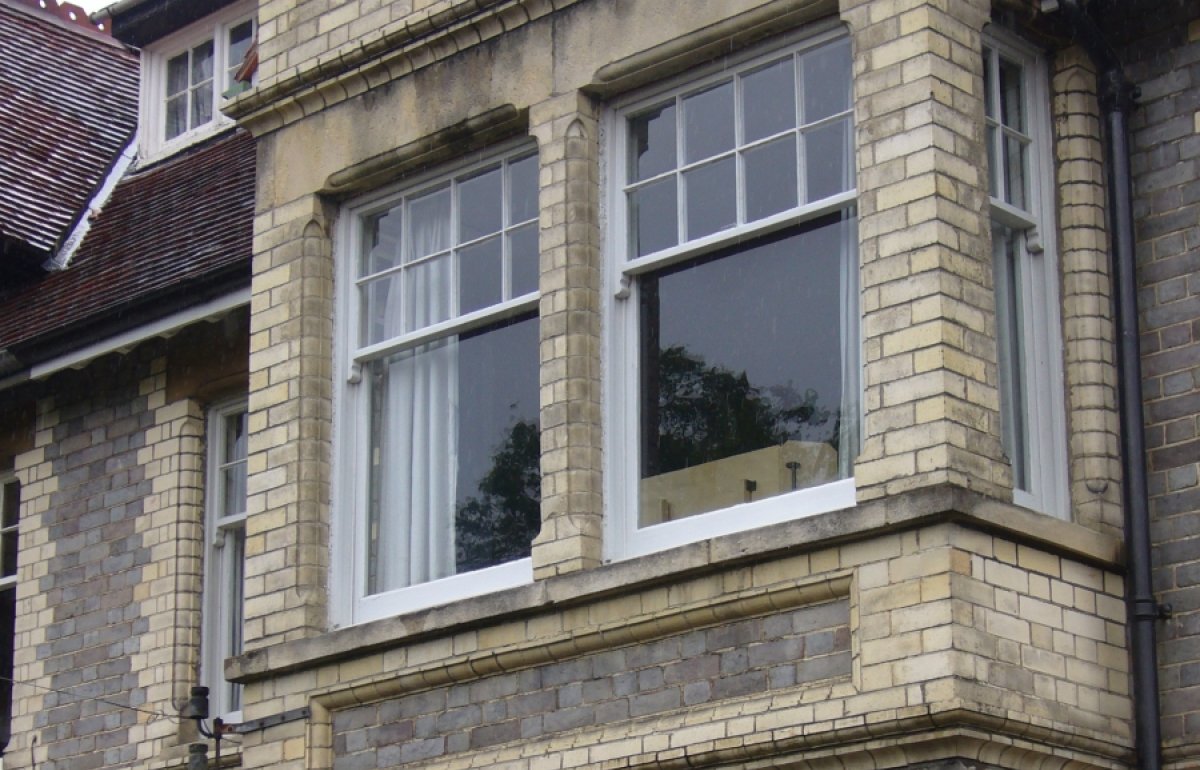Rafter-level insulation
This is the installation of thermal insulation at the level of rafters – the inclined timber members that form the top of the frame supporting a pitched roof.
How advantageous is it to fit insulation at rafter level?
Insulating the slopes of roofs can be trickier than laying insulation conventionally over a horizontal ceiling in a loft but may be required should living accommodation be located directly under a pitched roof. It will combat excessive heat loss and solar gain. Care must be taken, however, not to harm the character and significance of the building or increase the likelihood of condensation and associated timber decay. Where thermal upgrading is necessary under building regulations, important exemptions and special considerations exist for historic buildings that enable lower levels of insulation where full compliance would cause unreasonable harm.
How is roof insulation installed at rafter level?
Pitched roofs can be insulated between, below or above the rafters. It can be advantageous to combine more than one of these approaches – for example, by insulating between and below rafters. Permeable insulation often works well with old buildings, though non-breathable forms should not be discounted where adequate ventilation and detailing can be achieved. The use of sprayed foam or loose-fill insulation is inadvisable. Non-combustible insulation will be required for any fire separation.
Avoid insulating above recessed light fittings (unless they have a heat shield) and route any electrical cables outside the insulation to reduce the risk of overheating and fire
What are the benefits of insulating below rafters?
The advantage of insulating beneath rafters where there is sufficient access is that the thermal efficiency of a roof can be improved from inside without stripping and re-covering it. The drawback is a loss of headroom internally. This option will also be unsuitable where sound, historically important plaster ceilings or linings exist or when rafters are to stay exposed internally. Insulation boards, including those made of woodfibre, can be applied and covered with a ‘breathable’ plaster. It is possible to apply the insulation to a ceiling but future removal may result in extensive damage.
What are the pros and cons of insulating between rafters?
Positioning insulation between rafters where access is available may avoid having to increase the height of a roof by insulating above or, alternatively, reducing headroom or disturbing a historic ceiling internally by thermally upgrading below. The disadvantage, however, is that insulation can not always be inserted to the required thickness because of insufficient rafter depth, though this can sometimes be overcome by screwing timber battens below. There may also be a risk of ‘thermal bridging’ (cold spots) along the uninsulated rafters themselves but other approaches are sometimes limited. Soft, pliable insulation, including hemp, can be appropriate
How is roof insulation installed at rafter level?
Pitched roofs can be insulated between, below or above the rafters. It can be advantageous to combine more than one of these approaches – for example, by insulating between and below rafters. Permeable insulation often works well with old buildings, though non-breathable forms should not be discounted where adequate ventilation and detailing can be achieved. The use of sprayed foam or loose-fill insulation is inadvisable. Non-combustible insulation will be required for any fire separation.
Avoid insulating above recessed light fittings (unless they have a heat shield) and route any electrical cables outside the insulation to reduce the risk of overheating and fire
How do I minimise the risk of condensation when rafter-level insulation is installed?
Minimise possible condensation problems by:
- Providing sufficient ventilation above or below a breather or impervious underlay respectively. Special attention is needed where the roofline is interrupted by rooflights etc.
- Ensuring that insulation is fitted tightly.
- Lagging pipes and ducts where condensation could cause damage.
Bear in mind that underlay is not necessarily needed. Additionally, the batten cavity may not require a ventilation path when using permeable, air-open roof coverings (such as clay tiles or rough natural slates) so long as there is no ‘torching’ (mortar to the underside) or a likelihood of airflow through joints becoming restricted by moss or lichens.
Garrand, C (2008) Roofing, Technical Review Series, London: RIBA Publishing
Stirling, C (2002) Thermal Insulation: Avoiding the Risks: A Good Practice Guide Supporting Building Regulation Requirements, 3rd edition, London: CRC Ltd
Ridout, B (2015) Timber Decay in Buildings and its Treatment, Broome: Scientific and Educational Services Ltd



